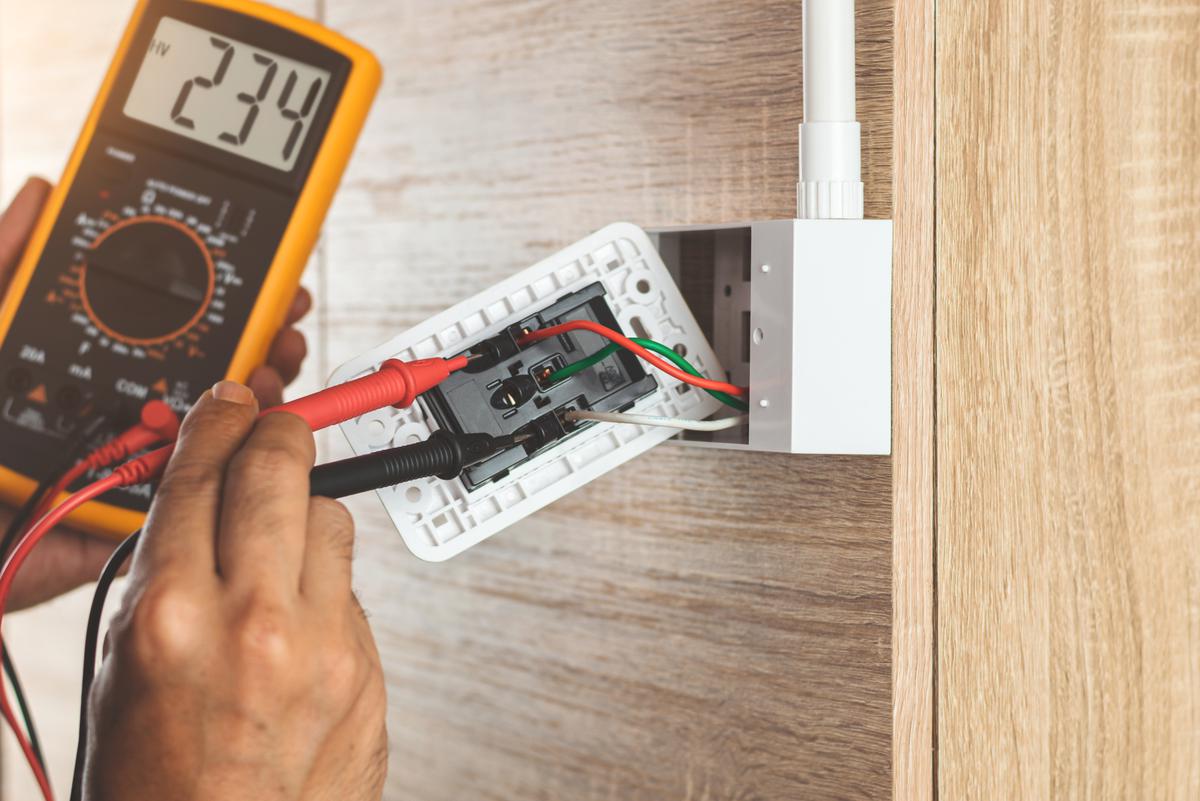

Articles
How To Check If Electrical Wire Is Live
Modified: April 22, 2024
Learn how to check if electrical wire is live with these informative articles. Discover tips, techniques, and safety precautions to ensure your electrical work is done safely.
(Many of the links in this article redirect to a specific reviewed product. Your purchase of these products through affiliate links helps to generate commission for Storables.com, at no extra cost. Learn more)
Introduction
Welcome to the world of electrical wiring, where safety is of utmost importance. Whether you are a professional electrician or a DIY enthusiast, one of the essential skills you need to develop is the ability to check if electrical wire is live. This is crucial to prevent accidents, avoid electrical shocks or fires, and ensure the smooth functioning of electrical circuits.
When working with electrical systems, it is vital to have a clear understanding of the power status of wires or cables. Accidentally encountering live wires can have severe consequences, so it is essential to take the necessary precautions to stay safe.
In this article, we will explore various methods you can employ to determine whether electrical wires are live. We will also discuss the tools needed for each method and the safety measures to follow. By following the guidelines outlined in this article, you will be equipped with the knowledge and skills to ensure your safety when working with electrical wiring.
Key Takeaways:
- Prioritize safety and follow proper precautions when working with electrical wires to prevent accidents, troubleshoot issues, and comply with regulations.
- Utilize visual inspection, non-contact voltage testers, contact voltage testers, and multimeters to accurately determine the power status of electrical wires.
Read more: How To Cut Electrical Wire When Live
Purpose of Checking Electrical Wires
The primary purpose of checking electrical wires is to verify their power status, whether they are live or not. This information is crucial for a variety of reasons:
- Safety: The foremost reason for checking electrical wires is to ensure your safety and the safety of those around you. Accidentally coming into contact with live wires can result in electrical shocks, burns, or even fatalities. By confirming whether a wire is live or not, you can take appropriate measures to avoid potential hazards.
- Preventing Accidents: Identifying live wires can help prevent accidents such as fires and short circuits. Faulty or damaged electrical wires can cause overheating and insulation failure, leading to sparks, fires, or even explosions. By checking the power status of wires, you can identify any potential issues and take necessary action to prevent accidents.
- Troubleshooting: When dealing with electrical circuits, it is essential to identify the source of a problem. By checking whether a wire is live, you can determine if electricity is reaching a particular point in the circuit. This helps in diagnosing issues such as faulty connections, tripped circuit breakers, or damaged components.
- Working Safely: Whether you are installing new electrical fixtures, repairing existing ones, or performing maintenance tasks, knowing the power status of wires ensures that you can work safely and efficiently. It allows you to take appropriate precautions, such as wearing protective gear, using insulated tools, and following proper procedures.
- Compliance with Electrical Codes: Electrical codes and regulations require proper identification and labeling of live wires. By checking the power status of wires, you can ensure compliance with these codes and guidelines, maintaining the integrity and safety of electrical installations.
In summary, checking electrical wires is essential for safety, accident prevention, troubleshooting, working efficiently, and complying with electrical regulations. By understanding the purpose behind checking wire status, you can prioritize safety and take the necessary steps to prevent electrical hazards.
Safety Precautions
When it comes to working with electrical wiring, safety should always be the top priority. Before attempting to check the power status of electrical wires, it is crucial to follow these safety precautions:
- Turn off the Power: Before inspecting or touching any electrical wires, make sure to turn off the power supply to the circuit at the main electrical panel. This will help prevent accidental shocks or injuries. Additionally, use a circuit tester or voltage detector to confirm that the power is indeed switched off.
- Wear Protective Gear: Always wear appropriate safety gear, such as insulated gloves, safety goggles, and non-conductive footwear, when working with electrical wiring. This will provide an extra layer of protection in case of any accidental contact with live wires.
- Use Insulated Tools: When handling electrical wires, use tools that have insulated handles to minimize the risk of electrical shock. Insulated screwdrivers, pliers, and wire cutters are essential for safe electrical work.
- Avoid Wet Conditions: Never work on electrical wiring in wet or damp conditions, as moisture can conduct electricity and increase the risk of electrical shock. If the area is damp, wait for it to dry thoroughly before proceeding.
- Stay Clear of Overhead Power Lines: When working outdoors or in areas with overhead power lines, be cautious of your surroundings to avoid contact with high-voltage lines. Maintain a safe distance and use non-conductive ladders or equipment.
- Inspect Wires for Damage: Before attempting to check the power status of wires, visually inspect them for any signs of damage, such as frayed insulation, exposed wires, or loose connections. If you notice any issues, consult a qualified electrician to address the problem.
- Never Touch Wires with Bare Hands: Always use appropriate tools, such as voltage testers or multimeters, to check the power status of wires. Do not touch bare wires with your hands, as this can result in electrical shock.
- Seek Professional Help if Needed: If you are unsure or uncomfortable working with electrical wiring, it is best to seek the assistance of a qualified electrician. They have the knowledge and experience to handle electrical tasks safely and effectively.
By adhering to these safety precautions, you can minimize the risks associated with working with electrical wires and ensure a safe working environment.
Tools Required
When it comes to checking the power status of electrical wires, you will need a few essential tools to assist you in the process. Here are the tools commonly used for this task:
- Non-Contact Voltage Tester: Also known as a voltage detector or volt stick, this handheld device allows you to detect the presence of live voltage without physically touching the wire. It typically emits an audible or visual alert when in proximity to live wires.
- Contact Voltage Tester: This type of voltage tester requires physical contact with the wire to determine if it is live or not. It usually features two probes that you touch to the wire to test for voltage. It often includes an indicator light or an audible alert.
- Multimeter: A multimeter is a versatile tool that can measure voltage, current, resistance, and other electrical parameters. It is handy for checking the power status of wires and performing various electrical tests. Make sure you set the multimeter to the appropriate voltage range before use.
- Circuit Tester: Similar to a non-contact voltage tester, a circuit tester is designed specifically for checking the power status of electrical circuits. It typically features indicator lights that illuminate to indicate the presence of voltage.
- Insulated Gloves: Insulated gloves provide protection against electrical shock when handling live wires. It is important to wear gloves with the proper voltage rating for the task at hand.
- Insulated Screwdrivers and Pliers: Insulated tools, such as screwdrivers and pliers with insulated handles, are essential for safely handling electrical wires. They help to prevent accidental contact with live wires.
- Flashlight: A flashlight is useful for illuminating dimly lit areas to inspect electrical wires and connections safely.
- Circuit Breaker Finder: If you need to identify the specific circuit breaker that controls a particular set of wires, a circuit breaker finder can be invaluable. It helps locate the correct breaker in the electrical panel, allowing you to turn off the power to the circuit you’re working on.
These are some of the essential tools that are commonly used to check the power status of electrical wires. It is important to ensure that these tools are in good working condition and properly calibrated before use to guarantee accurate and reliable results.
Method 1: Visual Inspection
Visual inspection is the most basic and preliminary method to check the power status of electrical wires. It involves carefully examining the wires for any visual cues that indicate live voltage. Here is the step-by-step process for conducting a visual inspection:
- Turn off the Power: Before beginning the visual inspection, ensure that the power to the circuit is turned off at the main electrical panel. This will eliminate the risk of electrocution.
- Inspect the Wiring: Carefully examine the electrical wires to look for any signs of live voltage. Check for indicators such as sparks, glowing, or arcing. These are clear indications that the wire is live and should not be touched or tampered with.
- Look for Warning Labels: Some electrical wires may have warning labels or color-coded tape to indicate their power status. Look for these labels and follow the information provided.
- Check for Damage: Inspect the wires for any signs of damage, such as frayed insulation, exposed wires, or loose connections. Damaged wires should be addressed promptly by a qualified electrician.
- Ensure Proper Insulation: Confirm that the insulation around the wires is intact and in good condition. Any exposed wires should be covered with appropriate insulation materials.
While visual inspection can provide some insights into the power status of electrical wires, it is not foolproof. There may be cases where the wire appears to be off visually, but it could still carry live voltage. Therefore, it is always recommended to use additional methods and tools for confirmation.
Remember, visual inspection should only be performed by individuals who are knowledgeable about electrical systems and have experience in working with them. If you are unsure or uncomfortable, it is best to consult a qualified electrician for assistance.
Use a non-contact voltage tester to check if electrical wire is live. Hold the tester near the wire – if it beeps or lights up, the wire is live. Always double check with a contact voltage tester before working on the wire.
Read more: How To Check A Electric Motor Capacitor
Method 2: Non-Contact Voltage Tester
A non-contact voltage tester, also known as a voltage detector or volt stick, is a useful tool for quickly and safely checking the power status of electrical wires without direct contact. It detects the presence of voltage in close proximity to the tester. Here’s how to use a non-contact voltage tester:
- Prepare the Voltage Tester: Ensure that the non-contact voltage tester is functioning correctly and properly calibrated. Read the manufacturer’s instructions to familiarize yourself with its operation.
- Turn off the Power: Before beginning the test, turn off the power to the circuit at the main electrical panel to eliminate any risks.
- Hold the Voltage Tester: Hold the non-contact voltage tester by the insulated handle, keeping your fingers away from the sensing area.
- Approach the Wire: Bring the tip or sensing area of the voltage tester near the electrical wire you wish to test. Be cautious not to touch any part of the wire with the tester.
- Observe the Indicator: If the wire is live and carrying voltage, the non-contact voltage tester will emit an audible alert, flash a light, or both. Some testers may have a vibration feature as well.
- Move Along the Wire: Slowly move the voltage tester along the length of the wire while observing the indicator. Take note of any areas where the tester detects live voltage.
- Double-Check with Contact Test: For added confirmation, you can follow up the non-contact voltage test with a contact voltage tester or another reliable method to ensure accuracy.
Non-contact voltage testers are easy to use and provide a quick indication of whether a wire is live or not. However, it is important to keep in mind that they may not provide precise voltage measurements. If you require specific voltage information, a multimeter or a contact voltage tester can be used for more accurate readings.
Remember to always refer to the manufacturer’s instructions and exercise caution when using a non-contact voltage tester. If you are unsure or uncomfortable with the testing process, consult a qualified electrician for assistance.
Method 3: Contact Voltage Tester
A contact voltage tester is a tool that allows you to determine the power status of electrical wires by making direct contact with them. Unlike a non-contact voltage tester, a contact voltage tester requires physical contact with the wire. Here is a step-by-step guide on using a contact voltage tester:
- Ensure the Power is Off: Before conducting the test, make sure to turn off the power to the circuit at the main electrical panel. This step is crucial to avoid electric shock or other hazards.
- Prepare the Contact Voltage Tester: Familiarize yourself with the instructions provided by the manufacturer for proper usage of the contact voltage tester. Ensure that the tester is in good working condition and suitable for the voltage range you will be testing.
- Hold the Tester: Grip the contact voltage tester by its insulated handle, keeping your fingers away from the metal or exposed parts of the tester.
- Touch the Wire: Place the metal probe or tip of the contact voltage tester against the wire you want to test. Make sure to maintain a firm grip on the insulated handle during this process.
- Observe the Indicator: The contact voltage tester will provide a clear visual or audible indication if the wire is live and carrying voltage. This could be in the form of a glowing light, an alert sound, or both, depending on the model.
- Move Along the Wire: Slowly move the contact voltage tester along the wire, keeping contact with the metal probe. Take note of any changes in the indicator, such as brightening or a different sound, as this may indicate different voltage levels or faults along the wire.
- Double-Check with Additional Tests: For further confirmation, you can use other testing methods, such as a non-contact voltage tester or a multimeter, to cross-verify the power status of the wire.
It is important to follow the manufacturer’s instructions and safety guidelines when using a contact voltage tester. If you are unsure or uncomfortable with the testing process, it is recommended to consult a qualified electrician for assistance.
Remember, always exercise caution and prioritize safety when working with electricity. Test wires only when necessary, and ensure that the power is switched off before making any physical contact with electrical components.
Method 4: Multimeter
A multimeter is a versatile and precise tool used for various electrical measurements, including checking the power status of electrical wires. It provides accurate readings of voltage, current, resistance, and other electrical parameters. Here’s how you can use a multimeter to determine if a wire is live:
- Turn off the Power: Before starting any measurements, ensure that the power to the circuit is turned off at the main electrical panel to avoid any potential risks.
- Select the Proper Function: Set your multimeter to the appropriate voltage range for the test you are going to conduct. This ensures accurate readings and prevents damage to the multimeter or electrical system.
- Prepare the Wire: Ensure that the wire you want to test is accessible and exposed for proper contact with the multimeter probes. If necessary, carefully remove any insulation or coverings to expose the conductive part of the wire.
- Connect the Probes: Insert the red probe into the multimeter socket labeled “VΩmA” or “Voltage/Ohm” and connect the black probe to the COM (common) socket. Make sure the probes have a secure connection.
- Touch the Wire: With the multimeter set to voltage measuring mode, carefully touch the black probe to a known ground or neutral reference point, such as a metal conduit or ground wire. Then, touch the red probe to the wire you want to test.
- Read the Measurement: The multimeter will display the voltage reading across the wire. If the reading is not zero or near-zero, it indicates that the wire is live and carrying electrical power.
- Move Along the Wire: If desired, move the probes along the wire to test different points and confirm the power status throughout its length.
- Double-Check with Other Methods: For additional confirmation, you can use other testing methods, such as a non-contact voltage tester or a contact voltage tester, to cross-verify the power status of the wire.
Using a multimeter to check the power status of electrical wires provides accurate measurements, but it requires caution and proper knowledge of multimeter operation. If you are unsure or uncomfortable with the testing process, it is recommended to consult a qualified electrician for assistance.
Remember to always follow safety procedures, turn off the power before making any measurements, and handle the multimeter and electrical components with care.
Conclusion
Checking the power status of electrical wires is an essential skill for anyone working with electrical systems. Understanding whether a wire is live or not is crucial to ensure personal safety, prevent accidents, troubleshoot electrical issues, and comply with electrical codes and regulations.
In this article, we explored various methods to check if electrical wires are live. We discussed the importance of safety precautions when working with electricity, including turning off the power, wearing protective gear, using insulated tools, and avoiding wet conditions. We also highlighted the tools required for each testing method, such as non-contact voltage testers, contact voltage testers, multimeters, and other essential equipment.
We covered four different methods for checking the power status of electrical wires:
- Visual Inspection: A preliminary method that involves visually examining the wires for any signs of live voltage, damage, or improper insulation.
- Non-Contact Voltage Tester: A tool that detects the presence of live voltage without making direct contact with the wire. It provides a quick and safe indication of power status.
- Contact Voltage Tester: A tester that requires physical contact with the wire to determine if it is live. It provides a visual or audible alert when voltage is detected.
- Multimeter: A versatile tool used for various electrical measurements, including testing the voltage of wires. It provides accurate readings and requires direct contact with the wire.
It is important to note that while these methods are effective, it is always best to exercise caution and consult a qualified electrician if you are uncertain or uncomfortable with any aspect of working with electrical wiring.
By following the safety precautions and utilizing the appropriate testing methods and tools, you can confidently determine the power status of electrical wires, ensuring your safety and the proper functioning of electrical circuits.
Remember, when working with electricity, prioritize safety, stay vigilant, and never hesitate to seek professional assistance if needed.
Frequently Asked Questions about How To Check If Electrical Wire Is Live
Was this page helpful?
At Storables.com, we guarantee accurate and reliable information. Our content, validated by Expert Board Contributors, is crafted following stringent Editorial Policies. We're committed to providing you with well-researched, expert-backed insights for all your informational needs.
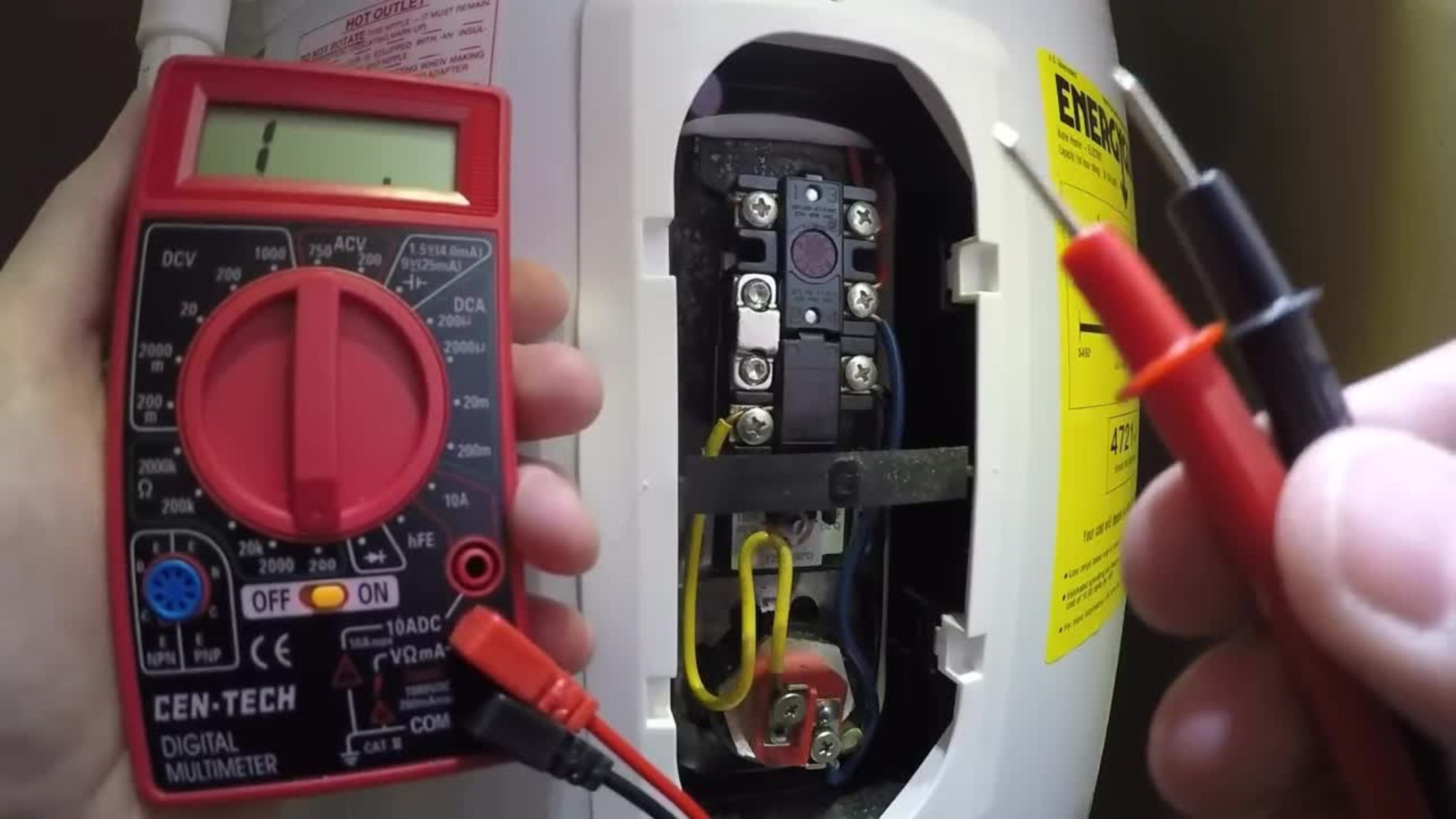
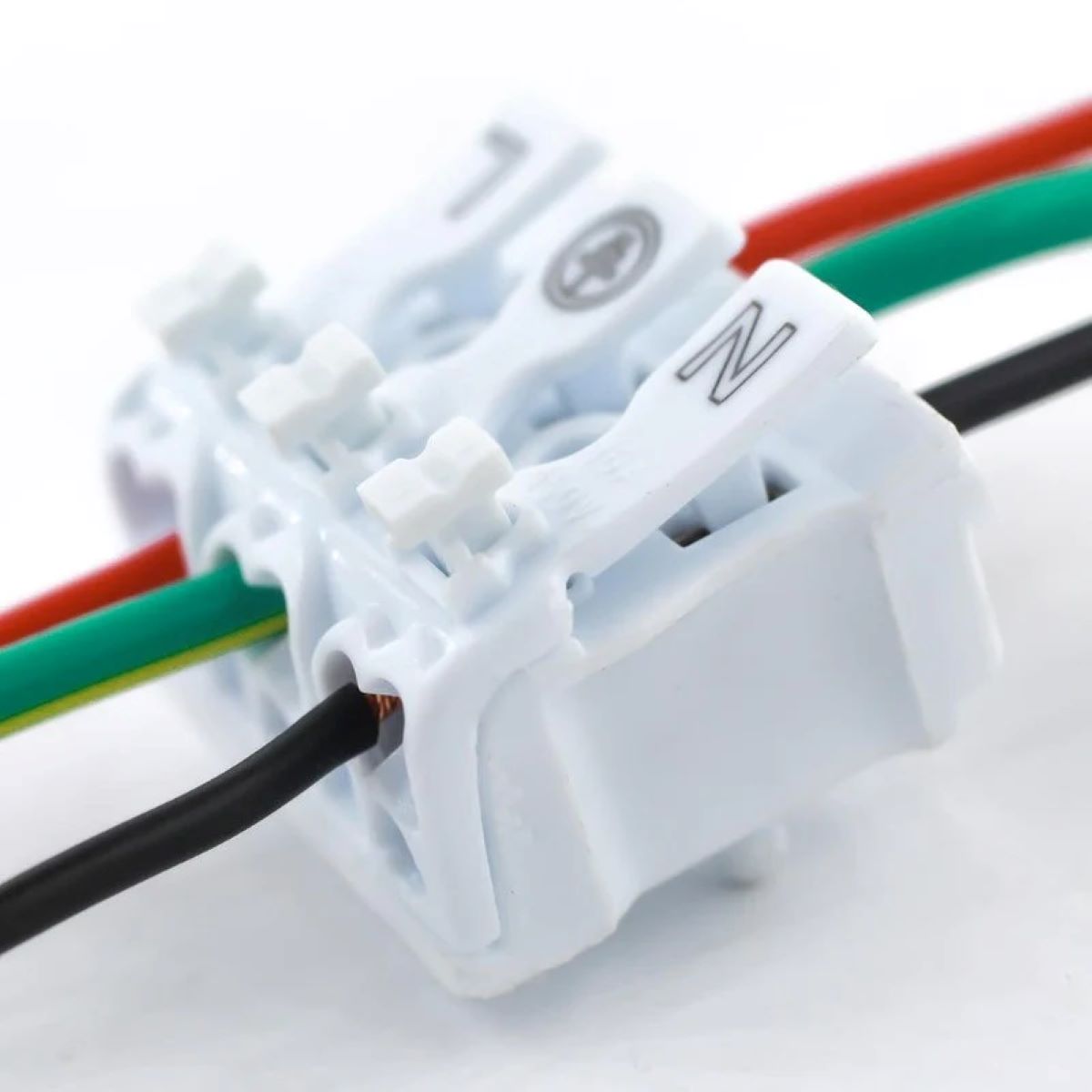
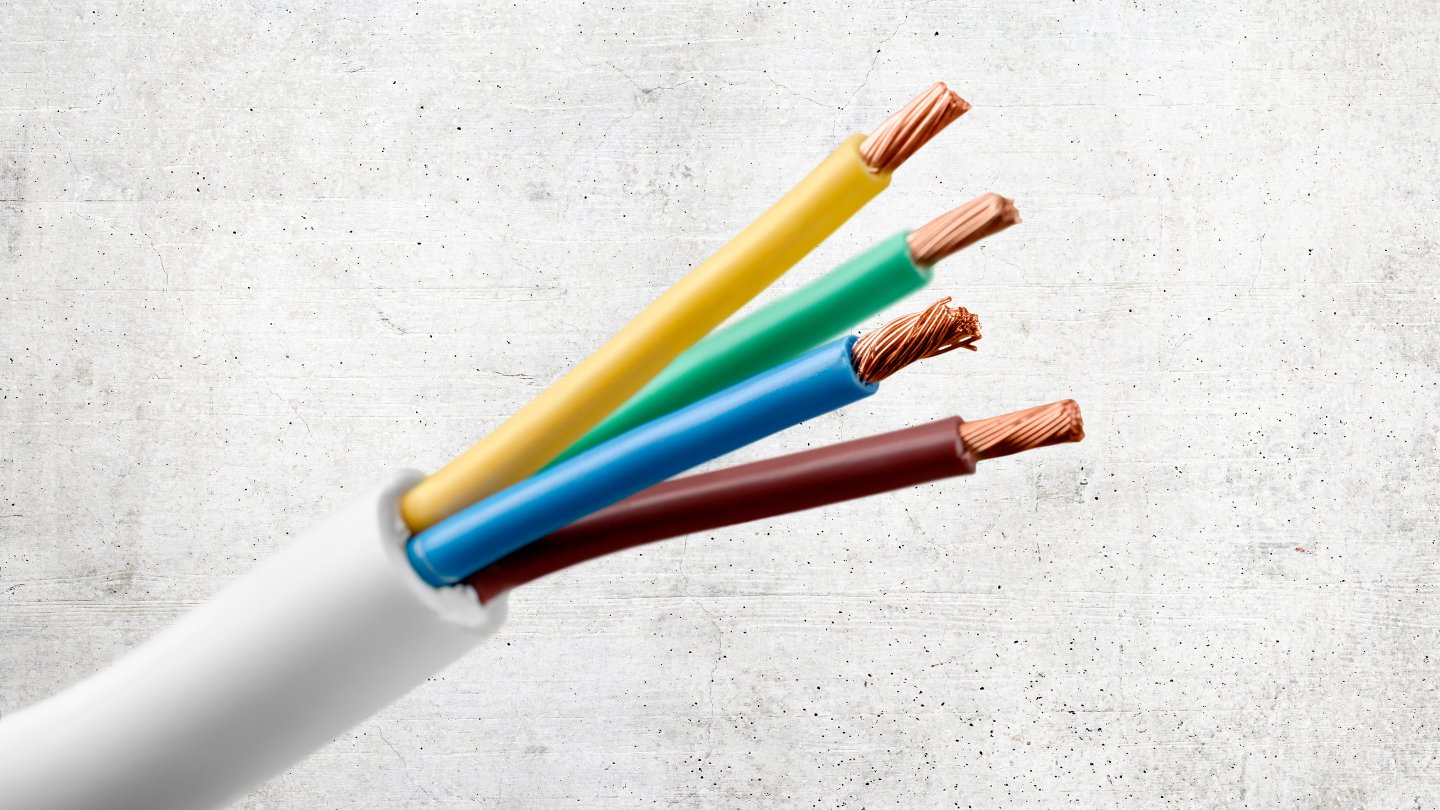
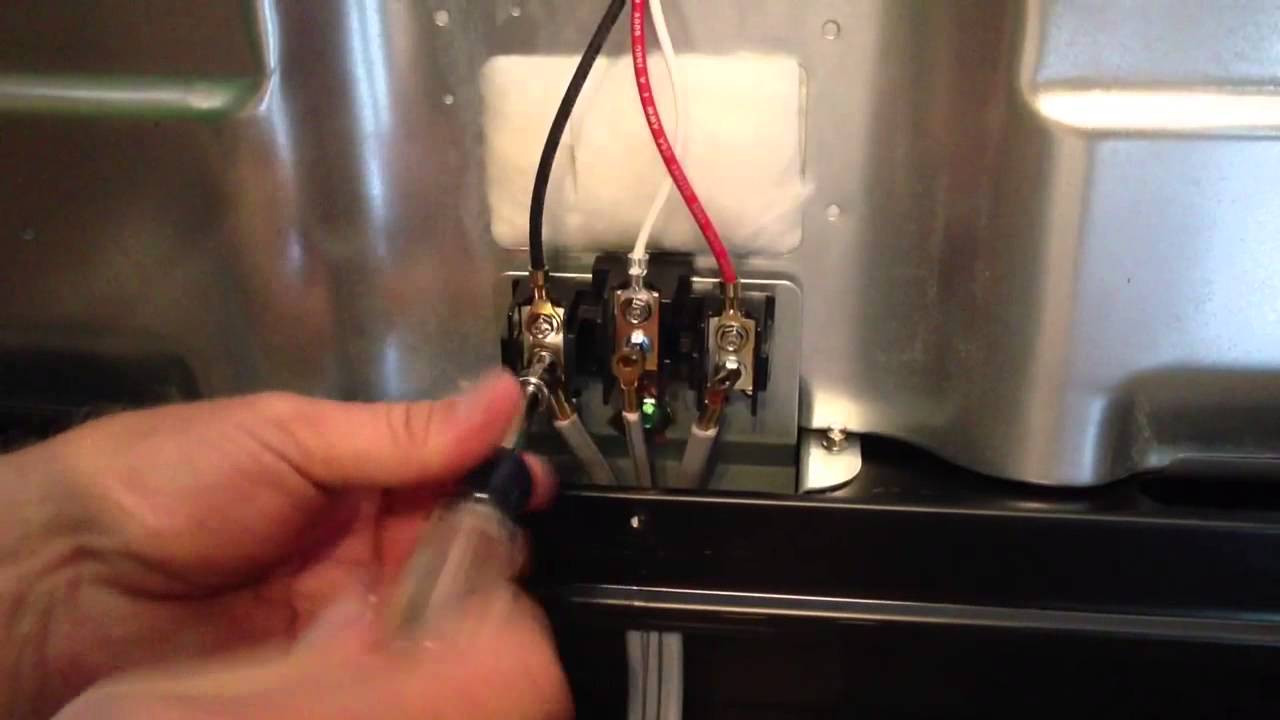
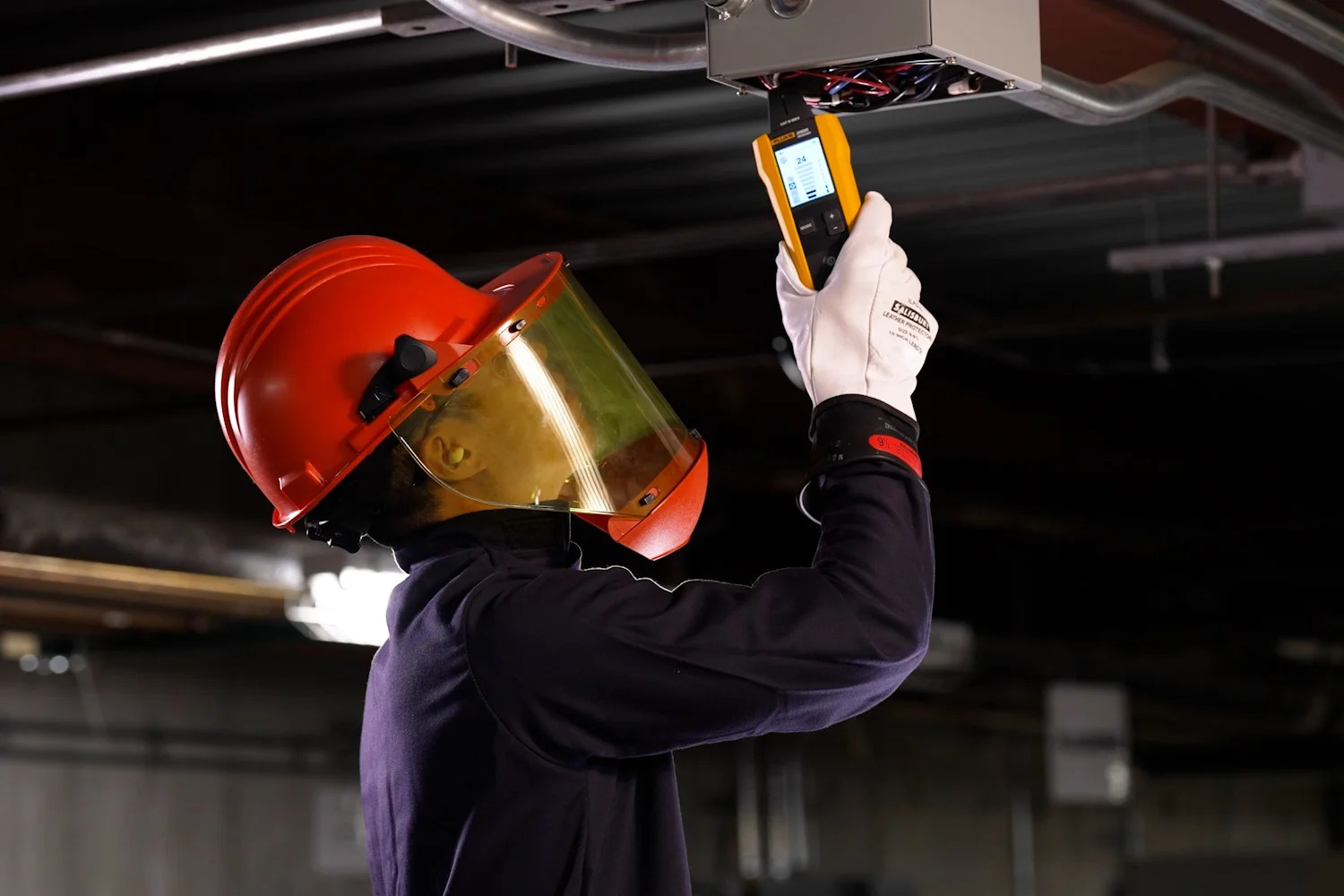
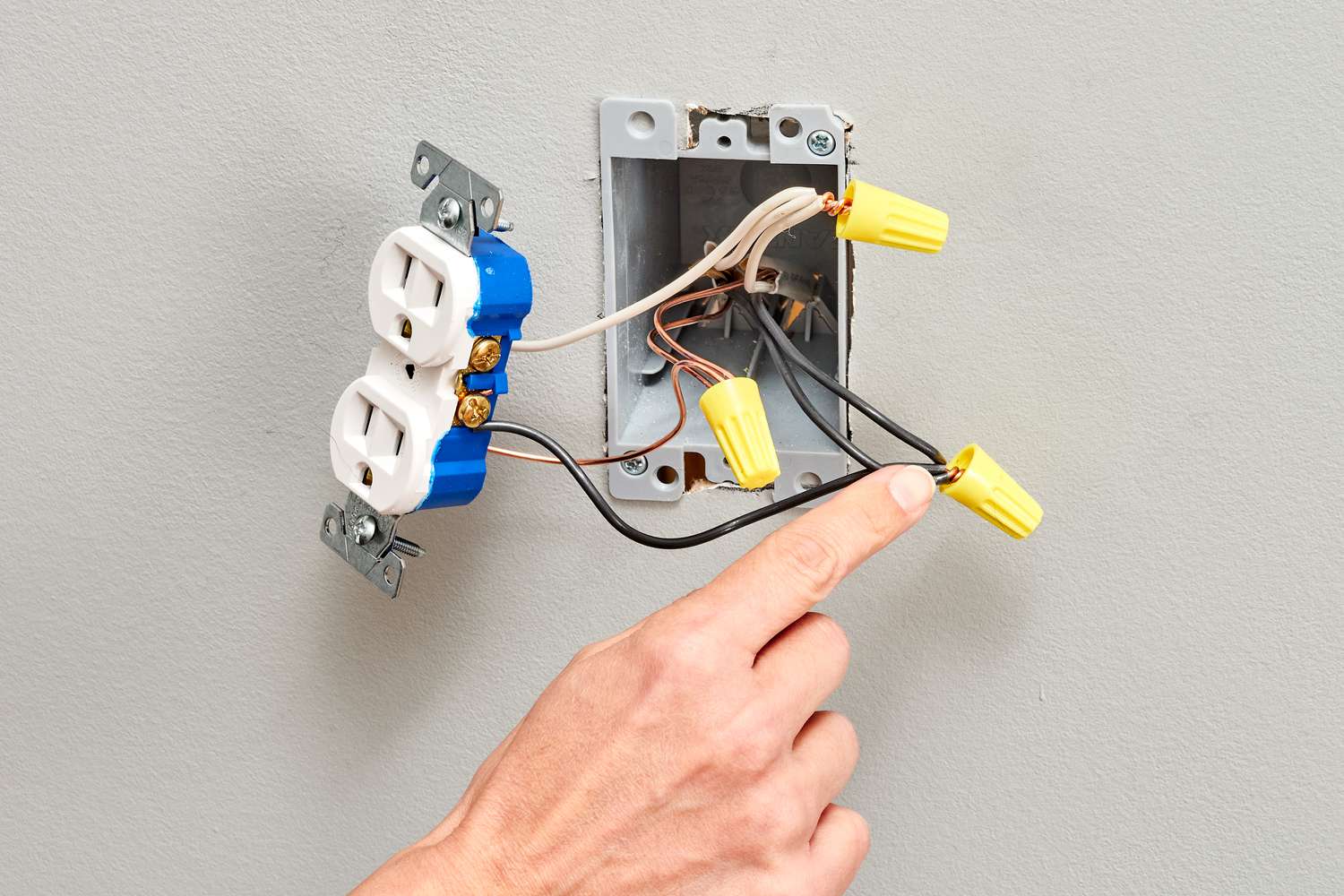
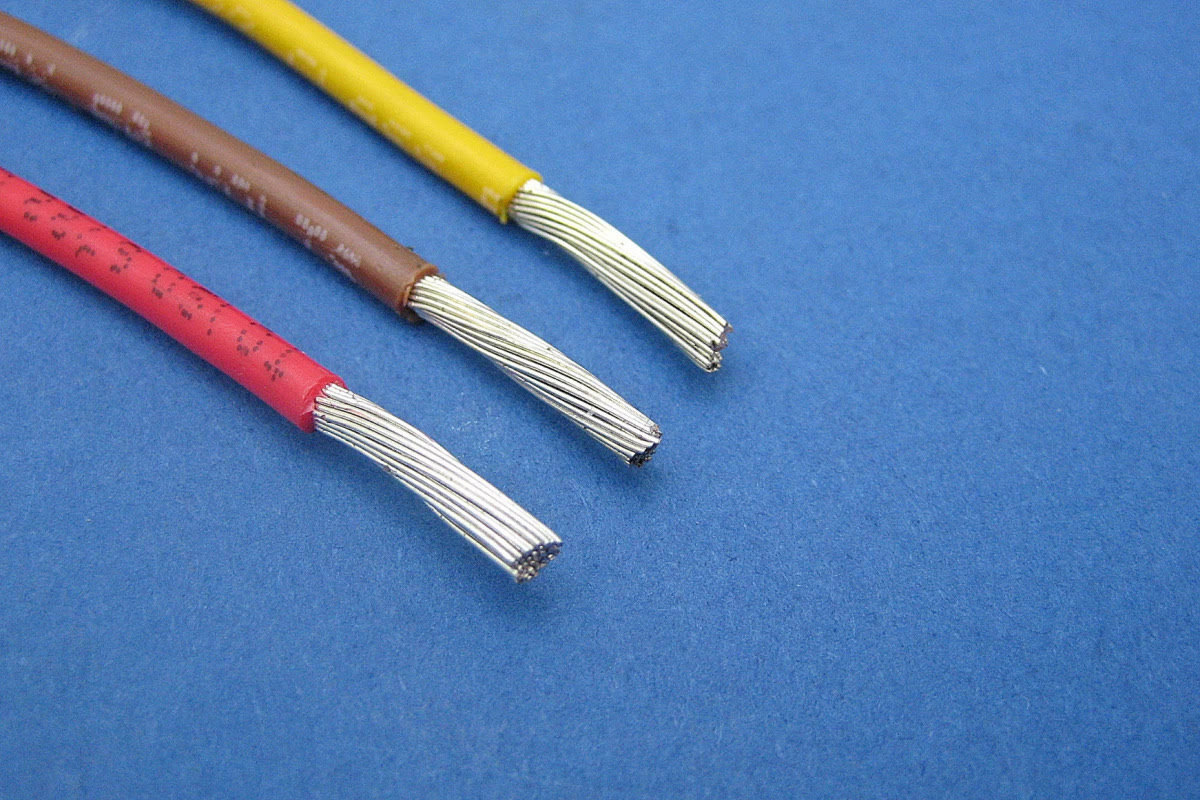
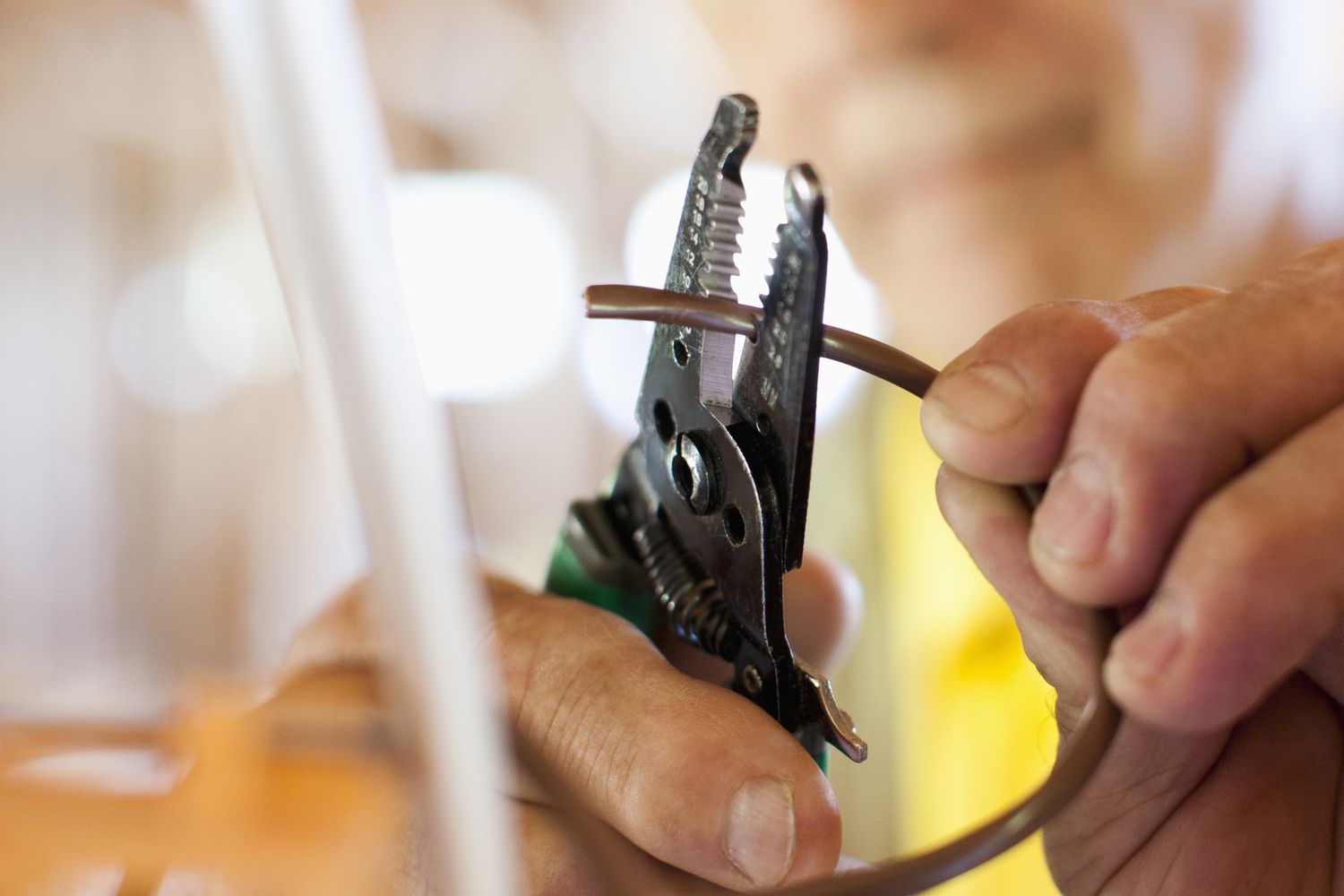
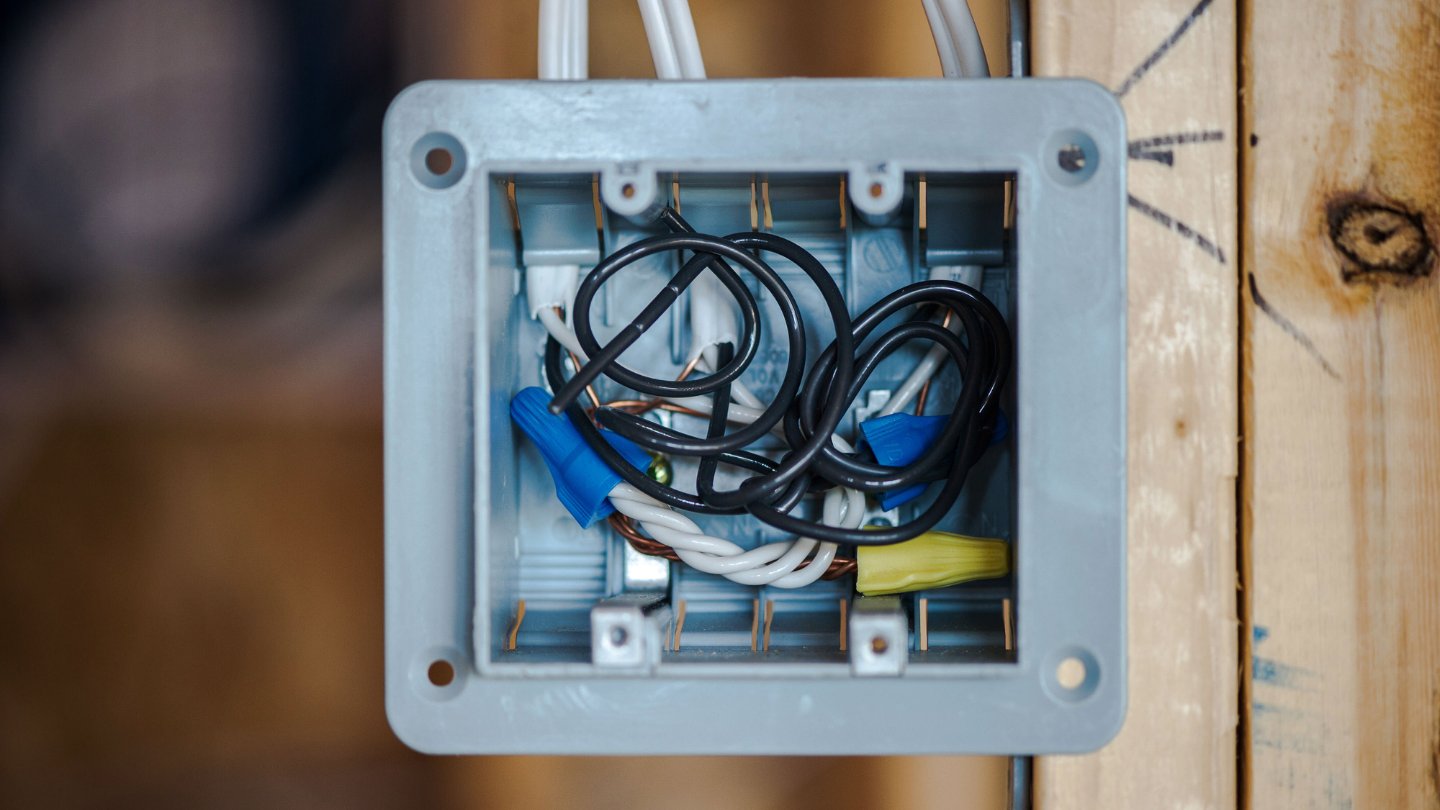
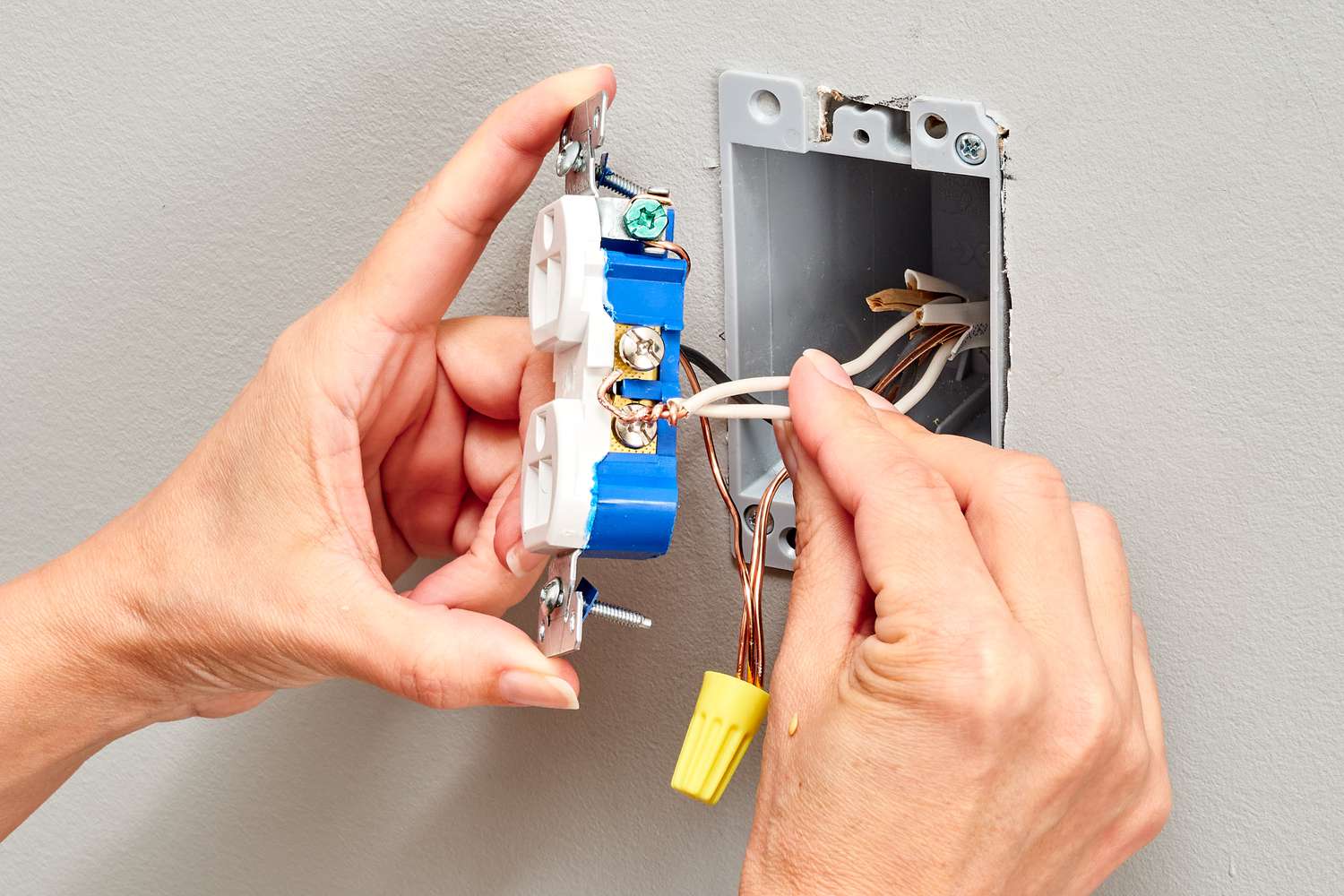
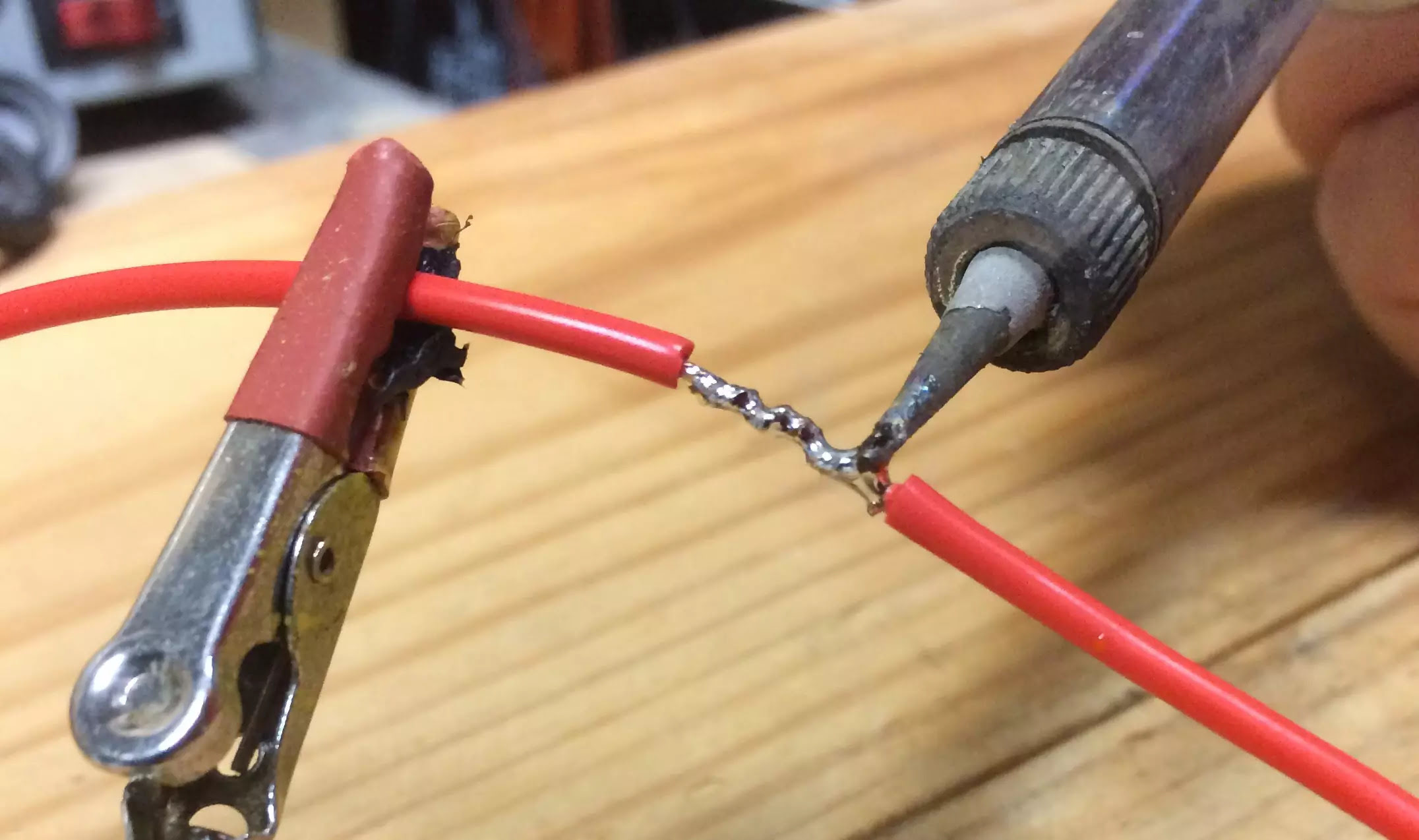
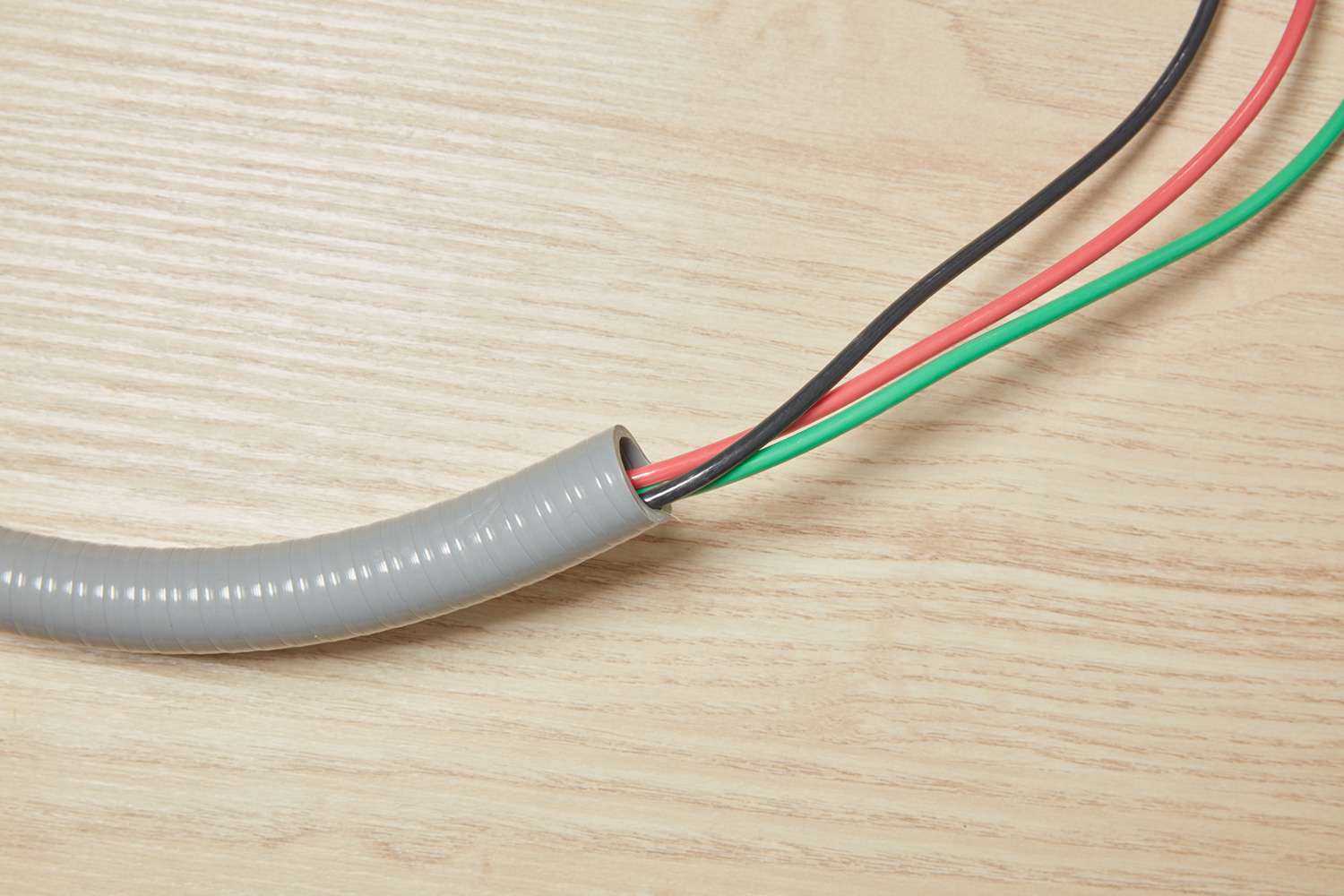
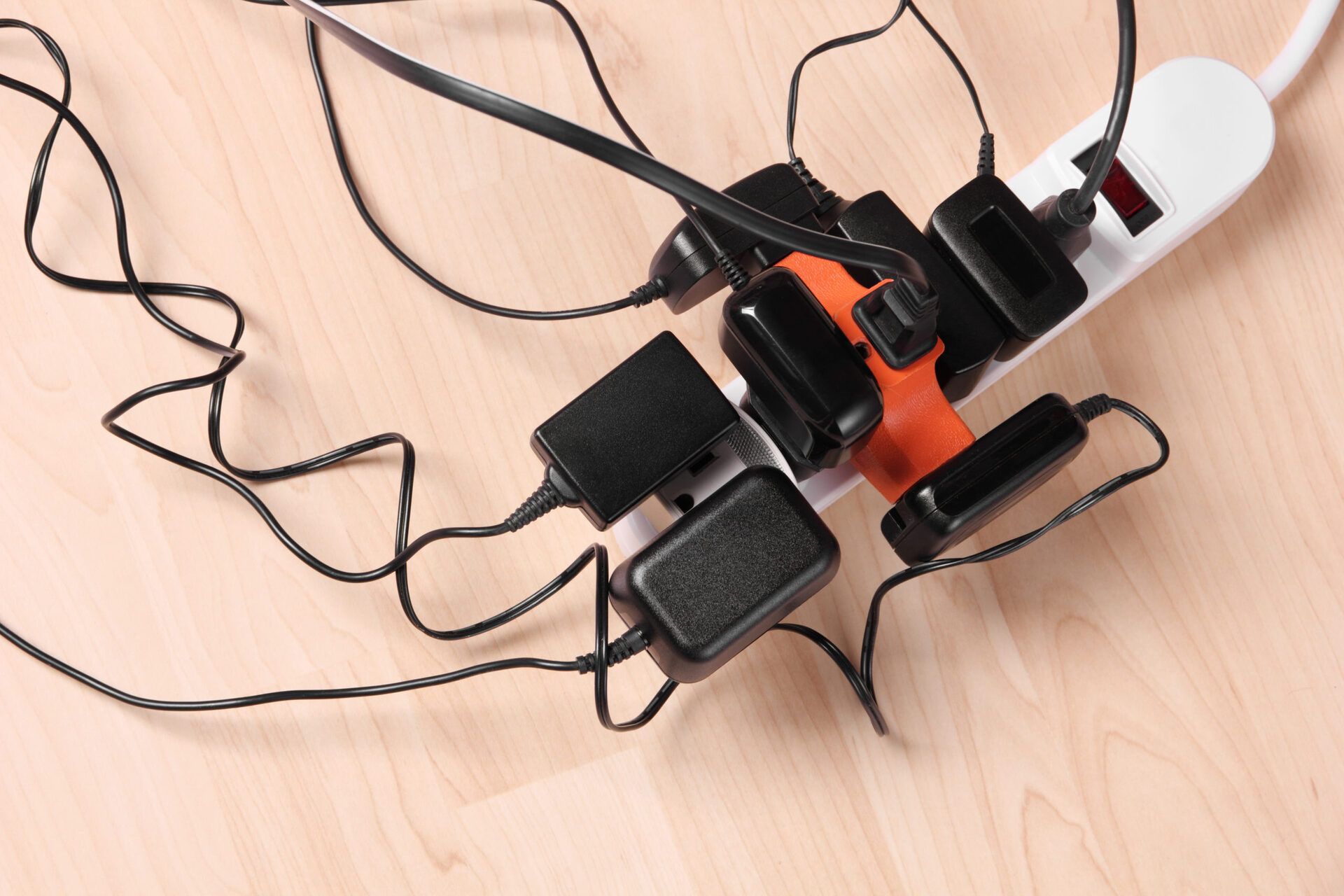
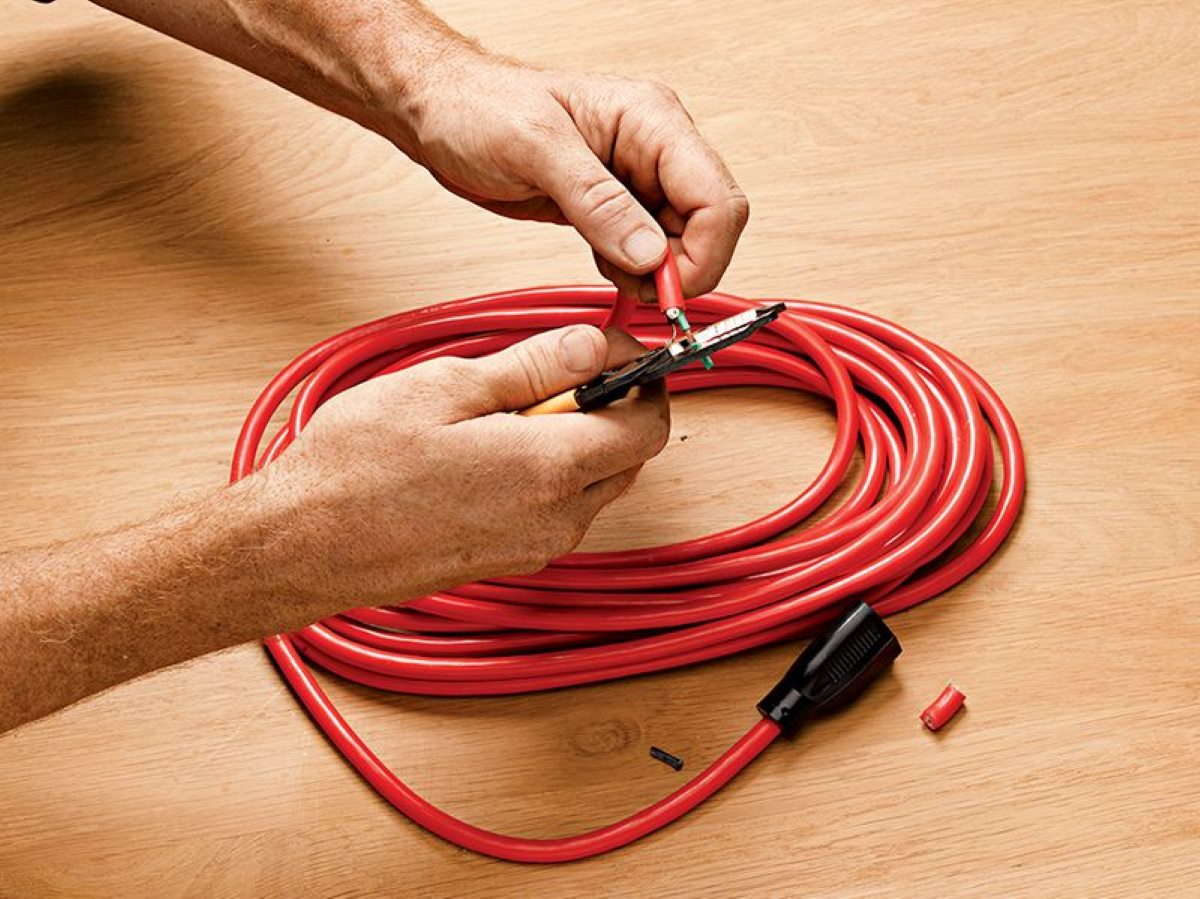

0 thoughts on “How To Check If Electrical Wire Is Live”